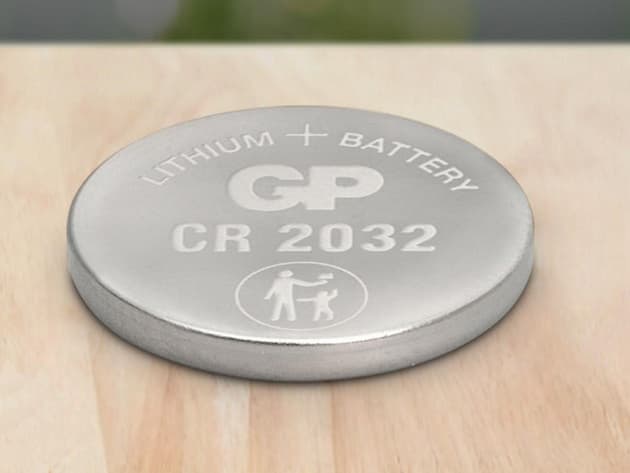A Guide to Household Batteries That Power Your Daily Life
We learn the importance of batteries from a young age. Even the most exciting toy felt like a letdown if they weren’t included in the packaging. These convenient energy sources are indispensable in everyday life, requiring no cables or complicated installation yet providing instant power.
Since running out of juice is always an inconvenience, having the right house battery on hand is the simplest and fastest way to get your device working again. And there’s the catch, they’re simple enough alright, but getting the right replacement takes a little know-how. So without further ado, let’s get straight to it.
What Are Household Batteries?
Simply put, they are small devices that store chemical energy and convert it into electrical energy. Inside each one, there are the main parts: an anode, a cathode, and an electrolyte.
The chemical reaction starts when the anode (negative end) and the cathode (positive end) are connected by a circuit. This causes electrons to flow through the device, creating electricity that powers the gadget. Once the chemicals are used up, you’ll need to replace your house battery or recharge it, which leads us to the next point.
What Types of Home Batteries Are There?

You can group them based on their size, how they’re used, what they’re made of, and how much power they provide.
Single-Use vs Rechargeable
This is the most basic difference you’ll come across. The single-use type, as the name implies, is used once and then tossed out. Still, this doesn’t mean they go flat quickly. Many are designed to last for months, even years, in low-drain devices like clocks or remotes. They just can’t be recharged once empty.
Their rechargeable cousins, however, can be used time and time again without needing to be replaced. They’re more expensive to get, but more cost-effective in the long run. High-drain devices like game controllers and cameras are often powered by rechargeable NiMH and lithium-ion solutions. Speaking of which, here’s how the different chemicals compare to each other.
Chemistry Type
The chemistry or materials inside affect the lifespan, power output, and device compatibility.
Alkaline
This is the most common single-use type found in homes, owing to its versatility and affordability. Suitable for low-to medium-drain applications, these compact energy houses have a long shelf life and power everything from alarm clocks to calculators and beyond.
Lithium-ion
More demanding electronics like cameras, handheld radios, and power banks often run on lithium-ion batteries as a lightweight and long-lasting alternative that can handle extreme temperatures. Unlike their alkaline counterparts, which are usually over and done when drained, these can last through hundreds of cycles.
NiMH (Nickel-Metal Hydride)
When it comes to rechargeables, NiMH is probably the most popular option, commonly used in wireless tools, console controllers, and other high-drain devices. What’s best about NiMHs is that they can be recharged hundreds of times, which reduces waste and saves money over time.
Zinc-Carbon
This is a budget-friendly option for very low-drain applications. You’ll often find these in basic kids’ toys due to their lower tendency to leak.
Zinc-Air
What’s interesting about this kind is that it doesn’t start working until exposed to air, hence the name. Here, zinc is used as the anode and oxygen from the air as the cathode. This unique open-air design is lightweight enough, ideal for powering small devices like hearing aids.
Common Sizes You’ll See Around the House
Different gadgets need different sizes. Here are some of the most frequently used around the home:
- AA – General-purpose size seen in remote controls, clocks, and various other small electronics.
- AAA – Smaller alternative to AAs, often found in TV remotes and calculators.
- C and D – Large and cylindrical, providing more power for devices like high-performance flashlights and portable radios.
- Button Cell / Coin Cell – Tiny and disc-shaped, used in watches, medical devices, and other compact gadgets.
- 9V – Rectangular units that power smoke detectors, children’s toys, and more.
Which Battery Goes in What Device?
Knowing which battery types are used in most household devices is essential, but before buying new ones, always check what the device requires. Most products list the correct type on the original packaging, but if that’s missing, check inside the compartment for a label or symbol that shows the required size. Here you’ll also find the plus and minus signs, which tell you which end goes where.
Using the wrong type, size, or power level can damage the device, cause overheating or leaks, lead to swelling, or, in rare cases, fire. So proper selection and use isn’t just about function, it’s also a safety concern.
Closing Thoughts
If you want to get ahead of the dead remotes, silent alarms, or stalled toys, the only thing left to do is stock up before they run dry. You’ve seen how they work and which ones are best kept on hand, so without further ado, it’s time to grab your pack(s).